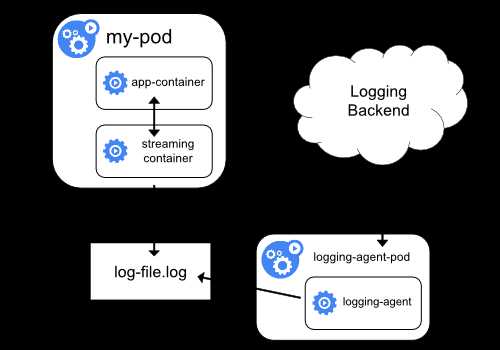标签:监控 ide mini 映射 docker ted guide com mount
在初步完成Kubernetes集群架构的建立后,通过搭建一些监控组件,我们已经能够实现
但是,在分布式架构中节点的规模往往是很庞大的,一个典型的生产环境可能有几十上百个minion节点,在这种情况下就需要建立一套集中的日志监控和管理系统,在本人前期的思考中,也想通过volumn外挂到存储的方式实现weblogic的日志输出到共享存储,但这种方式的问题在于:
因此还是需要寻找平台级别的架构方案.在kubernetes的官方文档中,https://kubernetes.io/docs/concepts/cluster-administration/logging/
Kubernetes给出了几种日志方案,并给出Cluster-level logging的参考架构:

Kubernetes建议采用这种结点级别的logging-agent,并提供了其中的两种,一种用于Google Cloud Platform的Stackdriver Logging,另一种就是Elasticsearch,两种都是采用fluentd做为在结点上运行的Agent(日志代理)
Using a node-level logging agent is the most common and encouraged approach for a Kubernetes cluster, because it creates only one agent per node, and it doesn’t require any changes to the applications running on the node. However, node-level logging only works for applications’ standard output and standard error.
Kubernetes doesn’t specify a logging agent, but two optional logging agents are packaged with the Kubernetes release: Stackdriver Logging for use with Google Cloud Platform, and Elasticsearch. You can find more information and instructions in the dedicated documents. Both use fluentd with custom configuration as an agent on the node.
好了,下文便开始我们的填坑指南
1. 准备工作
git clone https://github.com/kubernetes/kubernetes
http://www.cnblogs.com/ericnie/p/6894688.html
http://www.cnblogs.com/ericnie/p/6897142.html
Kubernetes Fluentd+Elasticsearch+Kibana日志搭建的填坑指南
标签:监控 ide mini 映射 docker ted guide com mount
原文地址:http://www.cnblogs.com/ericnie/p/6897348.html